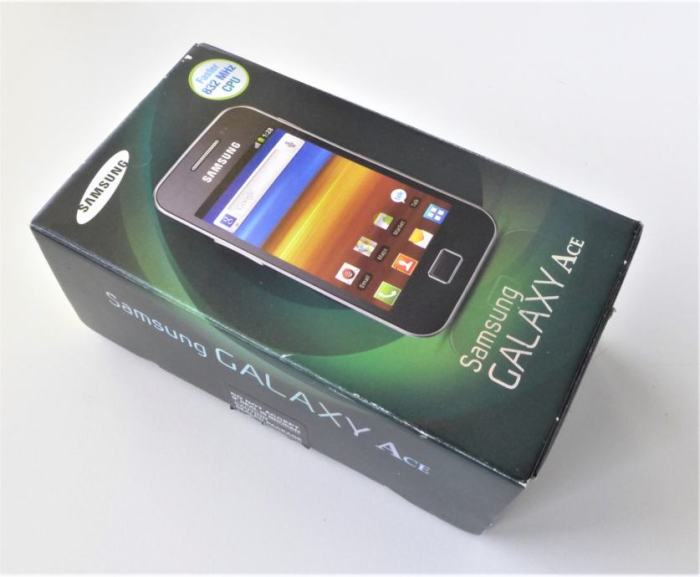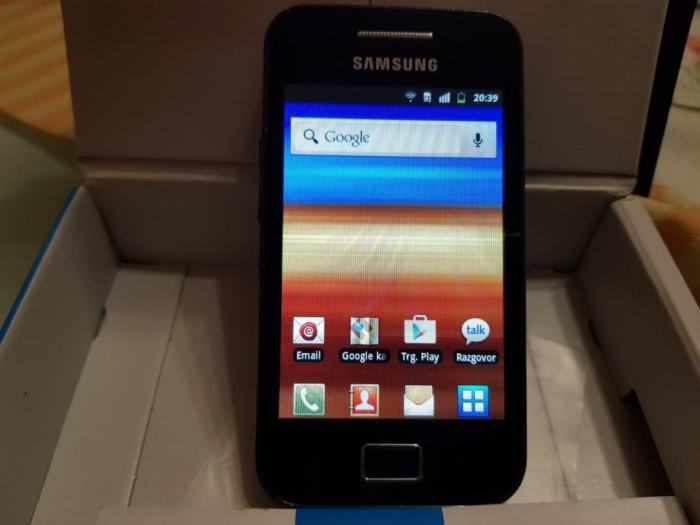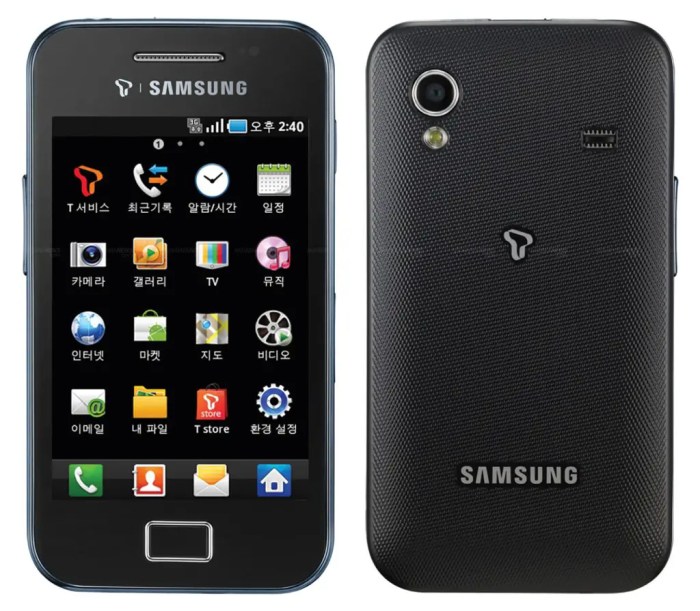Samsung Galaxy Ace S5830i Specification
Samsung Galaxy Ace S5830i: A Retrospective: Samsung Galaxy Ace S5830i Specification
Samsung galaxy ace s5830i specification – The Samsung Galaxy Ace S5830i, released in 2011, represented Samsung’s foray into the burgeoning budget smartphone market. Positioned as an affordable entry point to the Android experience, it offered a compelling blend of features and specifications for its price point, appealing to a broad audience of first-time smartphone users and budget-conscious consumers.
Device Overview
The Galaxy Ace S5830i was a compact Android smartphone designed for ease of use and portability. Its release marked a significant step for Samsung in expanding its market reach beyond higher-end devices. The phone featured a simple, understated design, typical of smartphones from that era, with a predominantly plastic build and a relatively small screen size. Its physical appearance was characterized by clean lines and a straightforward button layout, emphasizing functionality over flashy aesthetics.
Technical Specifications

Source: njuskalo.hr
The Galaxy Ace S5830i’s internal components reflected its budget-friendly nature, but still provided adequate performance for everyday tasks. The following table summarizes key specifications:
| Processor | RAM | Internal Storage | Expandable Storage |
|---|---|---|---|
| 800 MHz Qualcomm Snapdragon QSD8255 | 512 MB | 150 MB (user-accessible) | Via microSD card |
The display specifications are as follows:
- Size: 3.5 inches
- Resolution: HVGA (320 x 480 pixels)
- Type: TFT capacitive touchscreen
Powering the device was a 1350 mAh Li-ion battery, offering decent battery life for its time, though significantly less than modern smartphones.
Camera Capabilities
The Galaxy Ace S5830i featured a modest camera setup for its time. The rear camera offered a resolution of 5 megapixels, capable of capturing acceptable photos in good lighting conditions. It lacked many of the advanced features found in contemporary high-end smartphones, such as optical image stabilization or advanced scene modes. A front-facing camera was not included.
Compared to contemporary smartphones, its camera performance was considered average. High-end devices of the time boasted significantly higher resolutions and superior image processing capabilities. However, for its price point, the Galaxy Ace S5830i’s camera was adequate for casual photography.
Software and Connectivity
The Galaxy Ace S5830i launched with Android 2.3 (Gingerbread). This operating system provided a basic but functional mobile experience. The device supported various connectivity options, ensuring users could stay connected. Supported network technologies included 3G (HSDPA), Wi-Fi, and Bluetooth. A standard microUSB port was provided for charging and data transfer.
User Experience and Performance

Source: njuskalo.hr
A typical user experience with the Galaxy Ace S5830i involved navigating a relatively straightforward Android interface. While not blazing fast by today’s standards, the device handled basic tasks like browsing, messaging, and making calls with reasonable efficiency. However, multitasking and running more demanding applications could result in noticeable lag. Reviews from the time generally described the device as functional but not particularly powerful.
Compared to modern smartphones with significantly more powerful processors and RAM, the Galaxy Ace S5830i’s processing power and memory are vastly inferior. Modern devices boast multi-core processors, gigabytes of RAM, and much faster storage speeds, providing a vastly smoother and more responsive user experience.
Legacy and Impact, Samsung galaxy ace s5830i specification
The Galaxy Ace S5830i holds a significant place in Samsung’s product history as a key player in their strategy to expand into the budget smartphone market. Its success contributed to Samsung’s overall dominance in the mobile phone industry. The phone’s affordability and relatively decent specifications made it a popular choice for many users, demonstrating the growing demand for accessible Android smartphones.
While not a technological marvel, it played a role in shaping the development of subsequent Samsung devices by highlighting the importance of providing affordable, functional smartphones.
Illustrative Description of the Device

Source: phonesdata.com
The Galaxy Ace S5830i presented a compact and lightweight form factor. Its dimensions were modest, making it comfortable to hold and use with one hand. The predominantly plastic build felt somewhat lightweight but durable. The buttons were tactile and responsive, providing a clear click with each press. The microUSB port was conveniently located on the bottom edge.
The screen, while small, offered decent brightness and color accuracy for its time, though viewing angles were somewhat limited. The overall feel of the device was one of practicality and simplicity; it was a functional phone that didn’t aim for high-end aesthetics.
Questions and Answers
Was the Samsung Galaxy Ace S5830i popular?
Yes, it was quite popular due to its affordability and accessibility, making it a popular entry-level smartphone.
Did it have a microSD card slot for expandable storage?
Yes, it did offer expandable storage via microSD card.
What was the typical battery life?
Battery life varied depending on usage, but reports suggest it generally lasted a full day on a single charge.
The Samsung Galaxy Ace S5830i, while a dated model, offers a glimpse into the evolution of Samsung’s mobile technology. Its specifications, though modest by today’s standards, highlight the significant advancements seen in later models like the Samsung Galaxy A7 Star, details of which you can find here: samsung galaxy a7 star specification. Comparing the two devices reveals a dramatic shift in processing power, screen resolution, and overall functionality, illustrating Samsung’s continuous innovation in mobile phone design.
Understanding the S5830i’s limitations provides a valuable perspective on the improvements found in subsequent Samsung releases.
Were there any significant software updates after launch?
While it received some software updates, the extent and duration varied based on region and carrier.





















